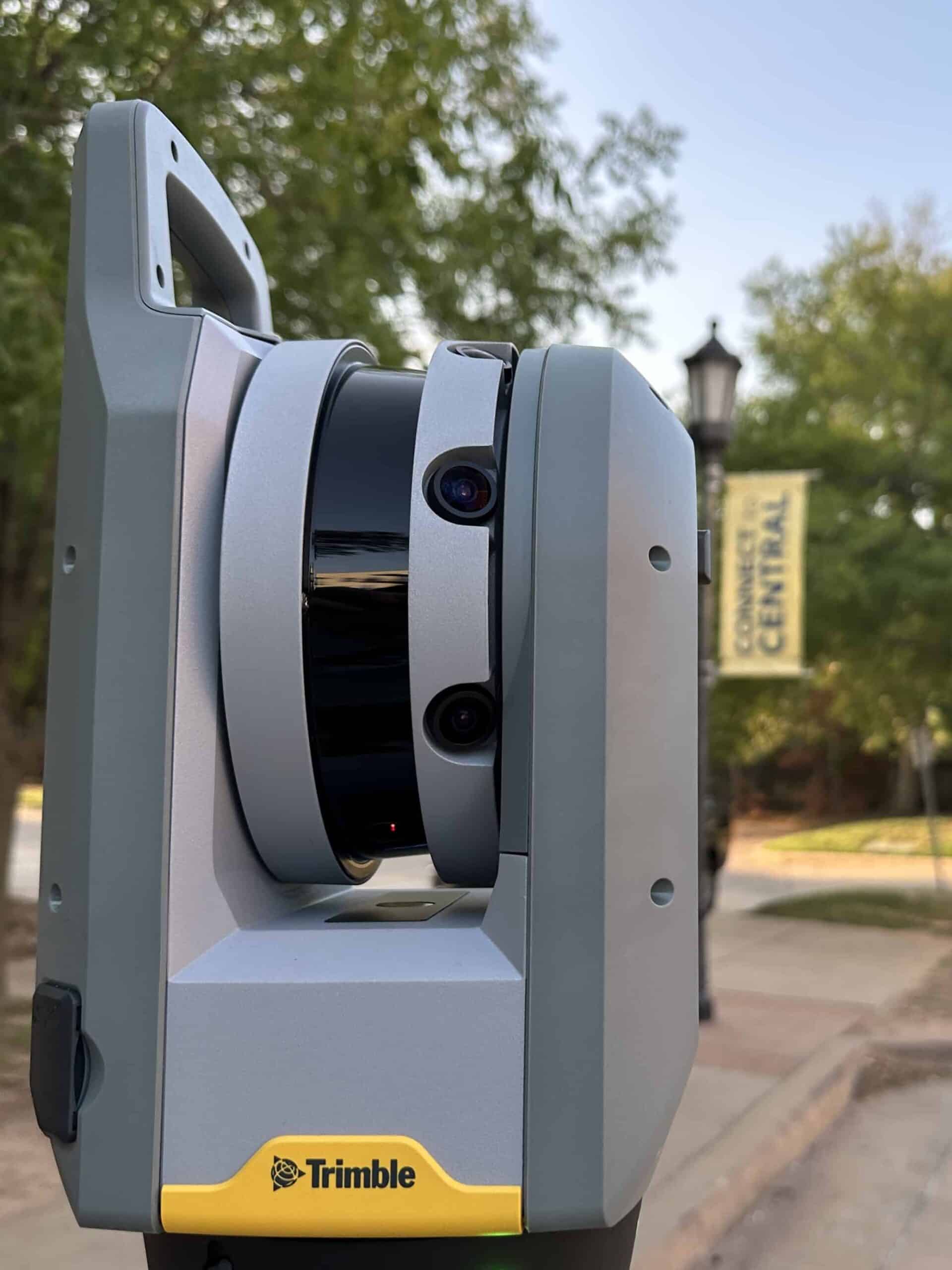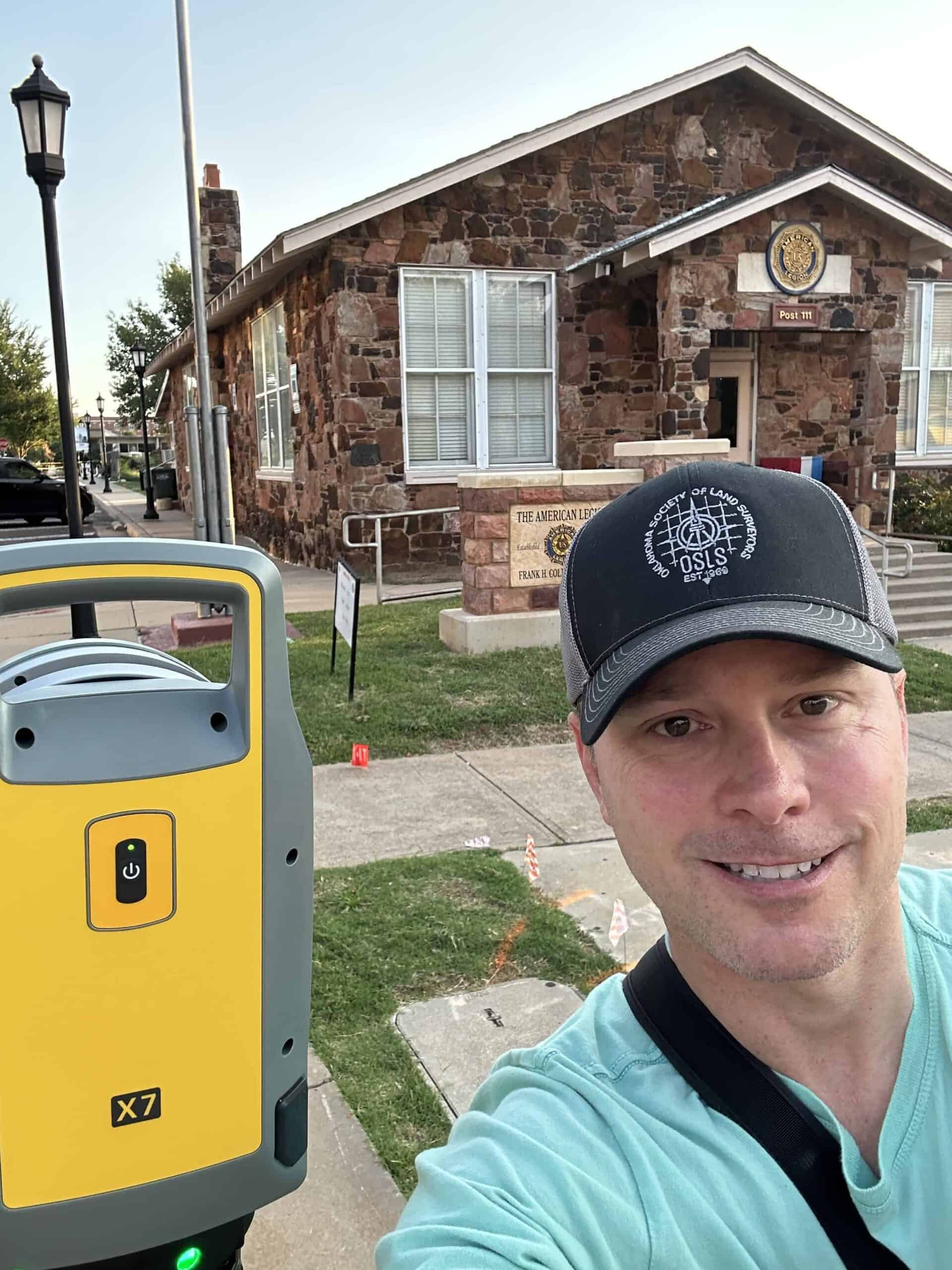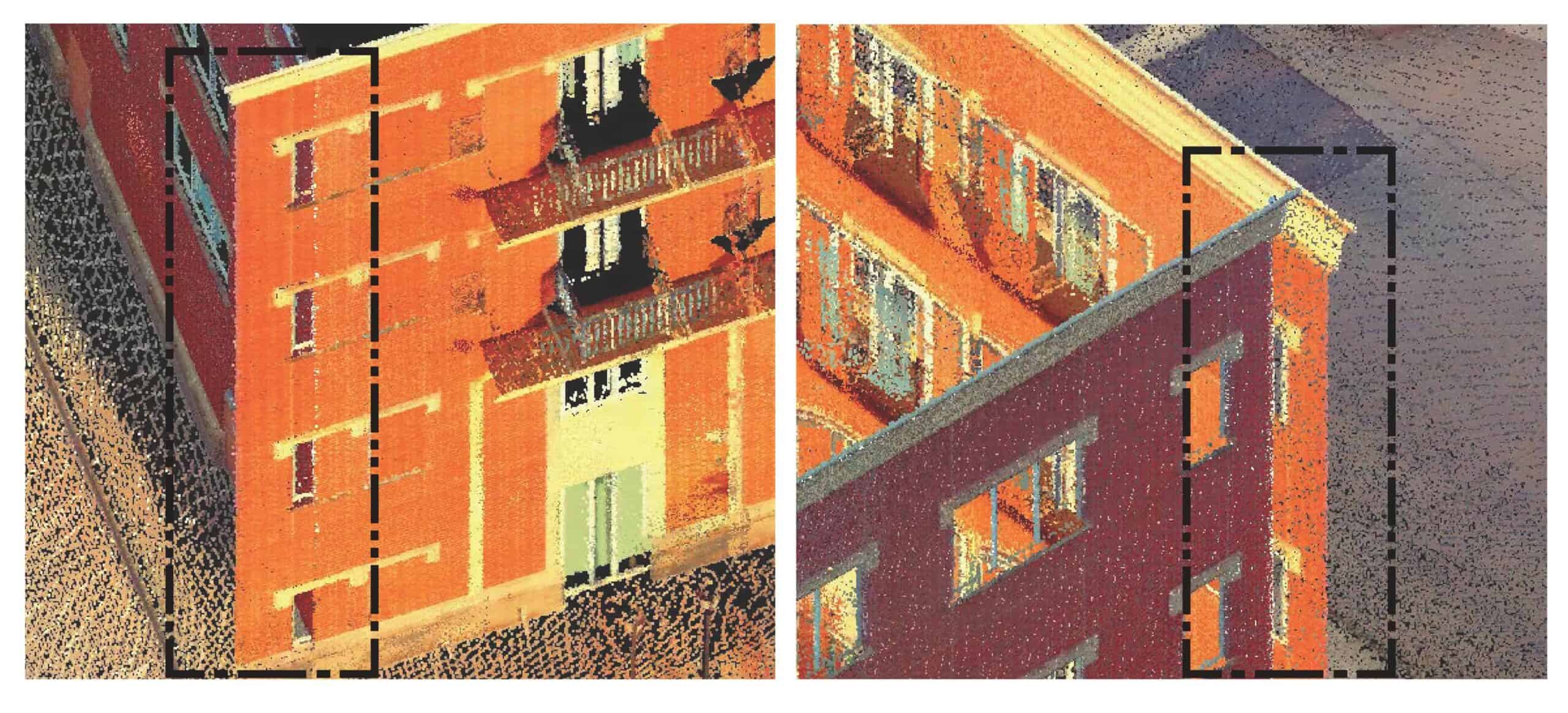Lessons from Terrestrial Scanning

The Promise of Automation
The Reality of Fieldwork

Manual Oversight in an Automated World
The essence of ensuring accuracy in terrestrial scanning lies not in the technology alone but in the skilled professionals who operate it. Proper scanner placement for adequate overlap, surveyed control points, and manual QC becomes beneficial and essential. Trained and qualified individuals are adept at preventing, identifying, and correcting errors that automated systems overlook. This human element, far from being obsolete, is crucial for several reasons:
1. Expert Judgment - Humans can assess the context and make judgments about the data that automated systems cannot. This ability is essential in complex environments where unforeseen variables may affect the scan.
2. Error Prevention, Identification, and Correction - Automated systems might stitch scans together inaccurately due to various factors, such as environmental conditions or equipment limitations. Professionals who understand the equipment specifications, measurement principles, and the scanning environment can identify such errors before and during manual QC to reduce or prevent problems.
3. Customization for Specific Projects - Each scanning project may have unique requirements that require custom approaches. For instance, when scanning for historical preservation, specific details may need to be captured with higher precision or photographic details. Automated systems follow predefined protocols that may not prioritize the project's intricacies. In contrast, a human operator can tailor the scanning process to emphasize and capture these critical details, ensuring the historical accuracy of the scanned model.
4. Quality Assurance in Data Integration - When integrating terrestrial scans with other spatial data sources, such as aerial photogrammetry or GIS data, discrepancies can arise due to differences in scale, resolution, units, or coordinate systems. A licensed land surveyor can perform cross-validation checks and apply their understanding of spatial analysis to reconcile these differences, ensuring a cohesive integration that automated systems may struggle to achieve seamlessly.

Impact of Distance on Data Quality
Ensuring Proper Error Distribution


